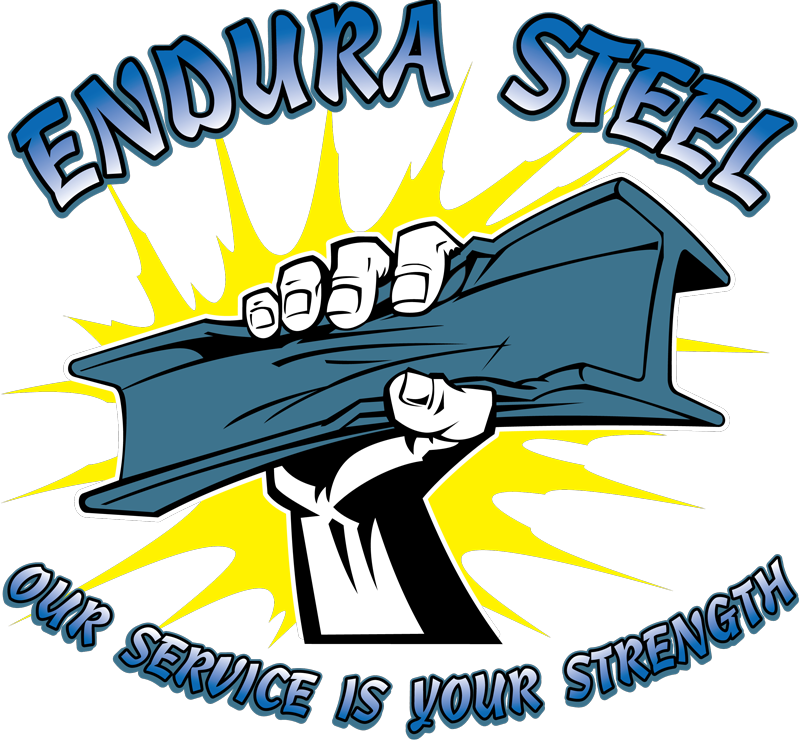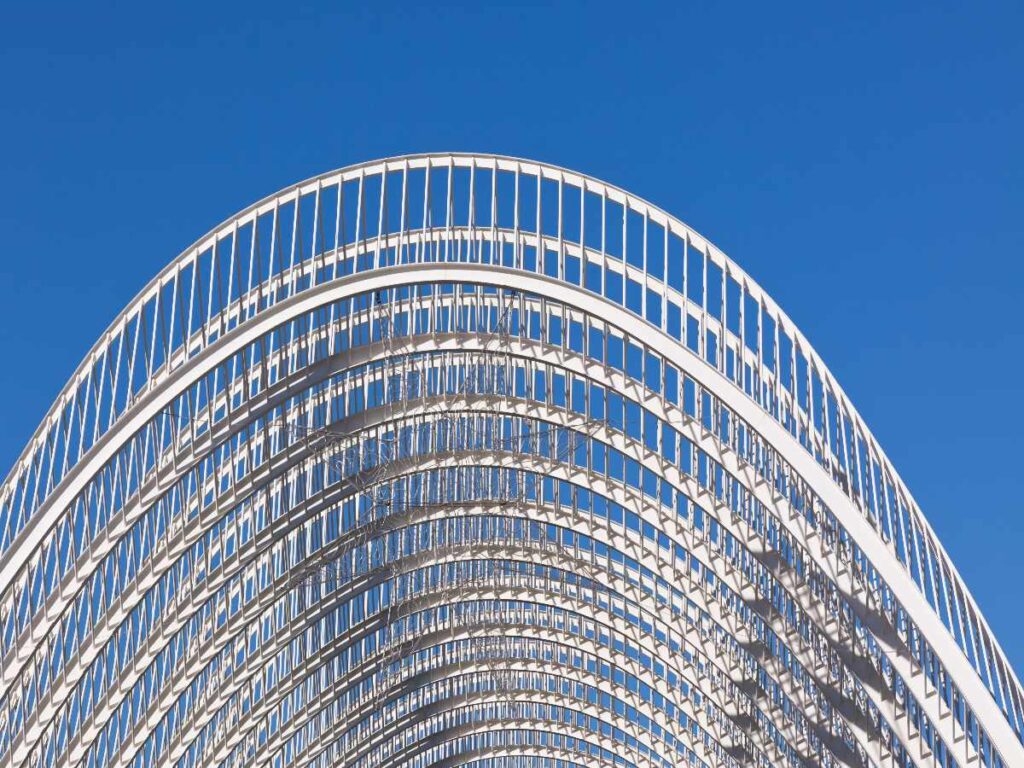The versatility of steel makes it an amazing material in many applications, from constructing skyscrapers and bridges to crafting kitchen utensils. However, beyond its high tensile strength and cost-effectiveness, steel possesses unique properties and a fascinating history that often goes unnoticed.
While most people know that steel is an alloy primarily made of iron and carbon, fewer are aware of the trivia that surrounds this material. From its ancient origins to its role in groundbreaking technological advances, steel has a rich backstory and a set of characteristics that defy common expectations.
Origins in Meteorites
The origins of steel can be traced back to more celestial beginnings than one might initially think. Surprisingly, some of the earliest iron used for crafting steel didn’t come from Earth; it came from the skies in the form of meteorites. These extraterrestrial bodies contained a unique iron-nickel alloy that was particularly hard and durable. Indigenous people worldwide, including Native Americans and ancient Egyptians, identified these meteorites and recognized their metalworking potential.
One of the most captivating examples of early ironwork using meteoric iron is the “Iron Pillar of Delhi” in India. This remarkable structure, dating back to the 4th century AD, is a testament to ancient metallurgy skills. Composed of nearly pure iron, the pillar has amazed scientists with its extraordinary corrosion resistance. Investigations have revealed that the metal in this pillar does indeed have extraterrestrial origins, coming from a meteorite. This is a compelling example of how our ancestors ingeniously utilized materials from beyond our planet long before modern smelting techniques were developed.

Flexible Steel
While steel is often lauded for its rigidity and tensile strength, its application in “bendable concrete” reveals an unexpected facet: flexibility. Traditionally, one wouldn’t associate steel with malleability in construction; however, when incorporated into concrete as fine fibers, steel imparts unique deformable properties. This engineered blend allows the concrete to bend under stress rather than crack, which is particularly beneficial in seismic zones where structures must withstand minor earthquakes.
In this groundbreaking blend, steel fibers distributed throughout the concrete matrix absorb and distribute stress, enabling the material to flex and self-repair to some extent. This resembles how cartilage works in the human body, providing a buffer that allows bones to move without grinding against each other. Essentially, the steel fibers in bendable concrete act as a “skeletal system,” granting the concrete a previously unthinkable level of flexibility and resilience. The advent of bendable concrete showcases steel’s versatility, revealing how it can be incredibly strong and surprisingly flexible, depending on its application.

Steel Wool Photography
The versatility of steel extends well beyond its role in construction and industrial applications. Steel takes on a different persona in art, serving as a dynamic canvas for artistic expression. Not confined to sculptures or installations, steel also becomes a medium in unique photographic techniques, such as “steel wool photography.” In this fascinating process, artists ignite fine steel wool and, using long-exposure photography, capture the ensuing sparks to produce captivating and ethereal images.
The art of steel wool photography is a blend of scientific understanding and creative vision. The combustion of fine steel wool produces sparks that, when captured through a lens with a slow shutter speed, create streaks of light against a dark backdrop. The resultant images evoke a sense of motion and luminosity reminiscent of a meteor shower or a cascade of fireworks. This innovative use of steel broadens our perception of the material, showing that it can produce rigid frameworks and fluid, dynamic visual experiences. Just as a painter sees potential on a blank canvas, artists utilizing steel wool photography see the untapped aesthetic potential in a material commonly associated with strength and rigidity.
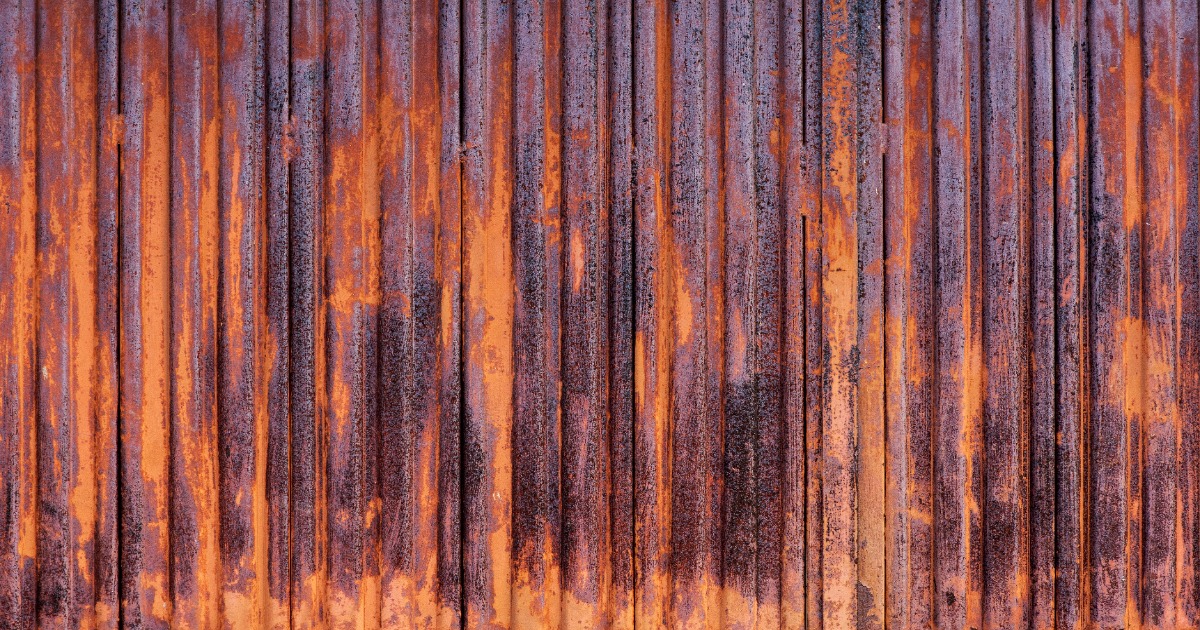
Rust = Aesthetic Gold
Often seen as a drawback, the susceptibility of steel to rust is typically viewed as a sign of degradation or failure. While it’s true that untreated steel exposed to moisture and oxygen will form a layer of iron oxide, commonly known as rust, this seemingly undesirable characteristic has unique applications, particularly in art and architecture. Instead of being a material’s downfall, rust is sometimes intentionally induced to give steel a distinctive patina, lending an air of antiquity or rustic charm to sculptures and architectural elements.
Artists and architects have embraced the natural weathering process of steel to create dynamic and ever-changing works. A prime example is weathering, Corten steel, which forms a stable, rust-like appearance. This type of steel is used in art installations and buildings to achieve a specific aesthetic that embraces the raw, organic nature of the material. In a way, the rust serves a purpose similar to that of glaze on pottery; it provides a finishing touch, a layer of texture and color that adds depth and nuance. The controlled use of rust in artistic creations and architectural designs shifts our perception of steel, reframing it from a merely functional material to one that can also be deeply expressive.
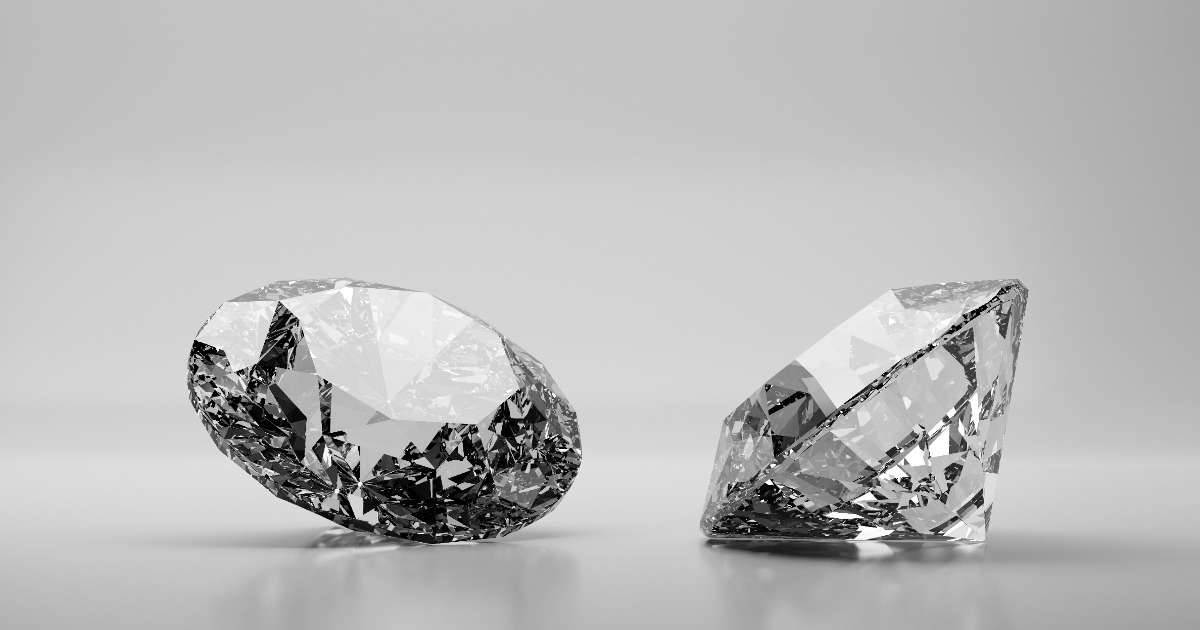
Steel for Perfect Cut Diamond
Although diamonds are famously known as the hardest natural substance on Earth, they meet their match in the industrial-grade saws designed to cut and shape them. One might think that cutting such a tough material would require an equally hard substance, but the secret weapon here is steel blades—specifically, steel blades that are embedded with tiny diamond particles. This ingenious pairing leverages the toughness of diamonds and the flexibility and strength of steel to perform highly precise cuts.
Cutting diamonds with steel blades involves a fine interplay of properties. Steel provides structural integrity and resilience, while the embedded diamond particles contribute hardness and cutting ability. Think of this relationship as similar to a pencil lead mixed with clay: the graphite provides the mark-making ability, while the clay adds structural stability. In the case of these specialized blades, steel acts as the backbone that holds the much harder diamond particles in place, allowing for greater control and precision in cuts. This collaboration reveals yet another facet of steel’s versatility—it can not only coexist with other materials but can augment their capabilities, creating solutions that are more effective than either component would be on its own.

Steel’s Invisible Pull
Steel is often celebrated for its strength and durability, but one of its lesser-known yet equally significant properties is magnetism. Certain types of steel, notably those with high iron content, are highly magnetic. This unique characteristic has propelled steel into various applications that exploit its magnetic properties.
Understanding steel’s magnetic properties requires a glimpse into atomic structures. The arrangement of atoms and their magnetic moments make some types of steel highly responsive to magnetic fields. In applications like electromagnets, steel components are the core material that enhances the magnetic field. The magnetic strips on credit cards are usually made from a magnetic grade of stainless steel. This form of steel is encoded with data and interacts with card readers. This serves as a compact and durable means of information storage and transfer. This steel application resembles the Swiss Army knife concept; a single tool serves multiple functions. Similarly, steel’s magnetic properties make it a multifunctional material, useful in settings ranging from heavy machinery to personal finance.

Steel Beyond Earth
When one thinks of materials fit for the challenging environment of outer space, advanced composites often come to mind. However, steel plays a pivotal role in creating a safe habitat for astronauts aboard the International Space Station (ISS). Specifically, the ISS is equipped with steel shielding to offer protection against cosmic radiation and micro-meteoroid impacts, underlining steel’s multifaceted suitability even in extreme conditions.
The steel shielding on the ISS functions as a protective barrier. It is designed to deflect high-energy particles and small space debris. In this role, steel operates like a goalkeeper in soccer, preventing unwanted particles from penetrating the station’s walls. Cosmic radiation consists of high-energy protons and other particles that could harm humans and equipment. With its high density, steel is an effective shield against these particles. Similarly, its strength and durability make it well-suited for withstanding impacts from micro-meteoroids that hurtle through space at incredible speeds. Steel extends its utility by offering dual protection against radiation and physical impacts. It fortifies human endeavors beyond our planet.

Encasing Chornobyl’s Perilous Legacy
When disaster struck the Chornobyl nuclear power plant in 1986, it became a race against time to contain radioactive materials. One of the monumental engineering feats undertaken to mitigate this disaster was the construction of “Chernobyl Shelter.” This colossal structure is a testament to steel’s role in safeguarding human health and the environment under extreme conditions. Imagine a steel vault enveloping a ticking time bomb, sealing away its lethal potential. That’s the function of the Chornobyl Shelter.
The coffin has heavy-duty steel plates and beams to provide an airtight seal around the compromised reactor. Steel was chosen for its durability, stability, and ability to contain the emission of radioactive particles. Its robustness is akin to that of a fortress. This is strong enough to withstand the elements and the extreme conditions within the reactor. Over time, the original structure has been reinforced and succeeded by an even larger confinement made of steel. In its original and updated forms, the steel coffin serves as a critical bulwark against the spread of radioactivity. This encapsulates the grim legacy of one of history’s worst nuclear disasters.
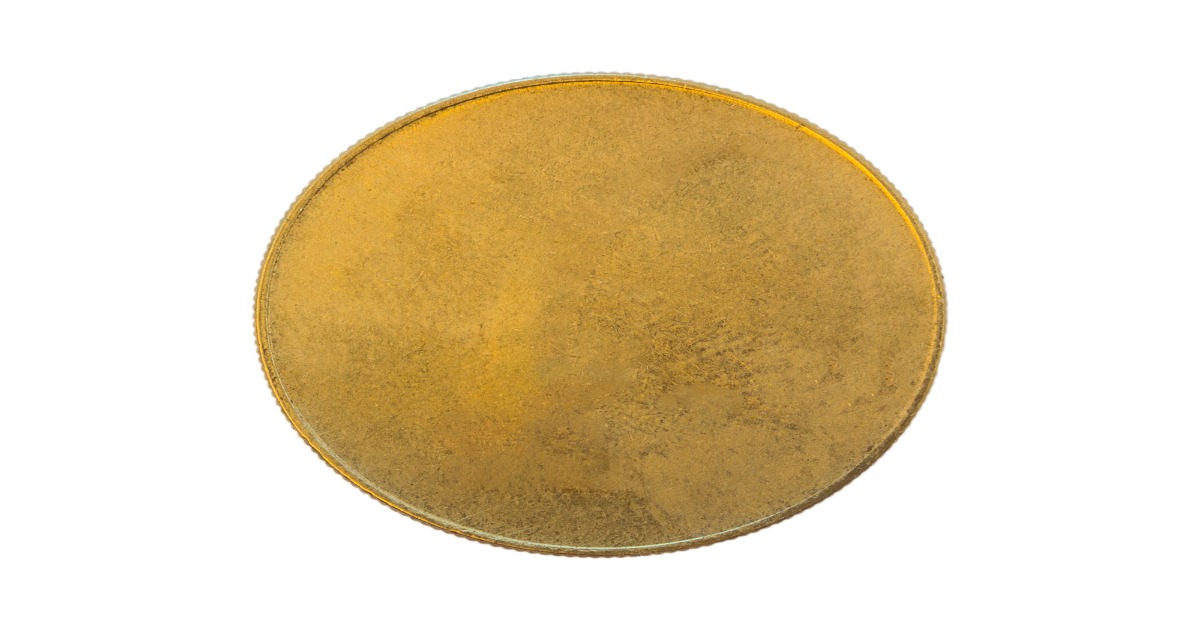
Cents and Sensibility
In the palm of your hand, a coin may appear to be a simple piece of metal. Look deeper, you’ll find an intricate blend of materials engineered for durability, weight, and cost-effectiveness. Often overlooked in the context of coinage, steel plays a role in various currencies, including some modern Euro coins. These coins feature a steel core enveloped by outer layers made of different metals. This combines the best properties of each material to create a robust and functional form of currency.
The use of steel in coinage is comparable to the construction of a layered cake. Imagine a cake where the inner layer provides structural integrity while the outer layers add flavor and appeal. The steel core of the coin offers strength and durability. The outer layers of other metals provide aesthetic qualities and resistance to corrosion. This multi-layered construction allows for a cost-effective yet durable currency. Steel is generally cheaper than other metals like nickel or copper. The result is a functional and economical coin, capitalizing on steel’s properties to serve as the backbone of everyday transactions.

The Surprising Buoyancy of Porous Steel
Steel floating on water seems counterintuitive as a boulder taking flight. Yet, through innovative engineering, certain types of steel have been created that defy this logic. These unique steel forms are so light and porous that they can float on water. The steel is engineered with a microscopic structure that traps air effectively, making it less dense than water.
Imagine a sponge capable of soaking up water yet remaining buoyant. This is analogous to how porous steel works. The structure of this steel is designed at the microscopic level to incorporate tiny air pockets. These voids reduce the material’s density, giving it the unusual property of buoyancy. Such a feat is not just a novelty; it has practical implications. For instance, this lightweight, buoyant steel could be utilized in marine construction or watercraft. This reduces the need for additional flotation devices. This form of steel challenges our traditional understanding by altering its density while maintaining structural integrity.
